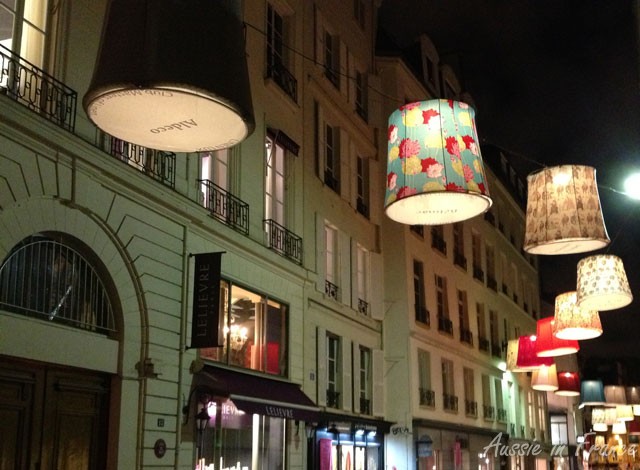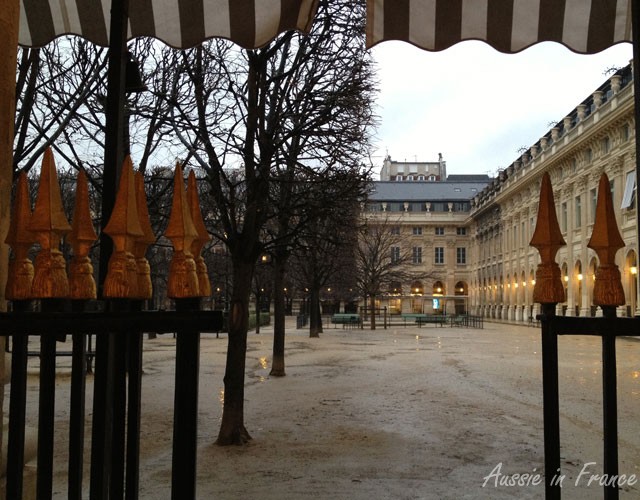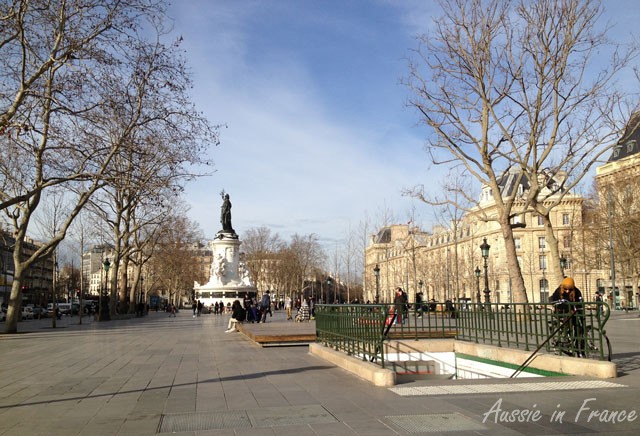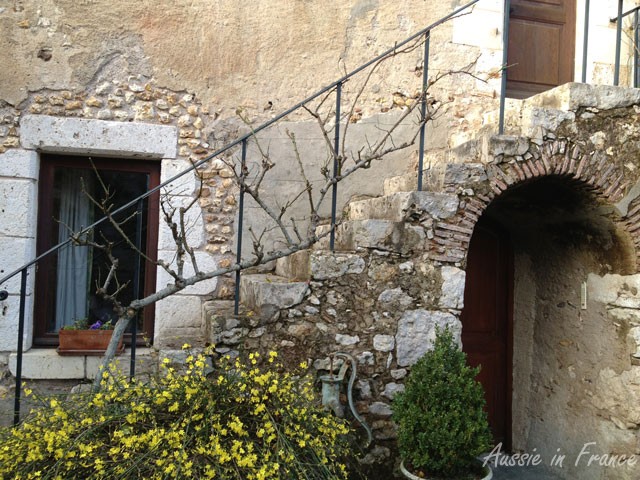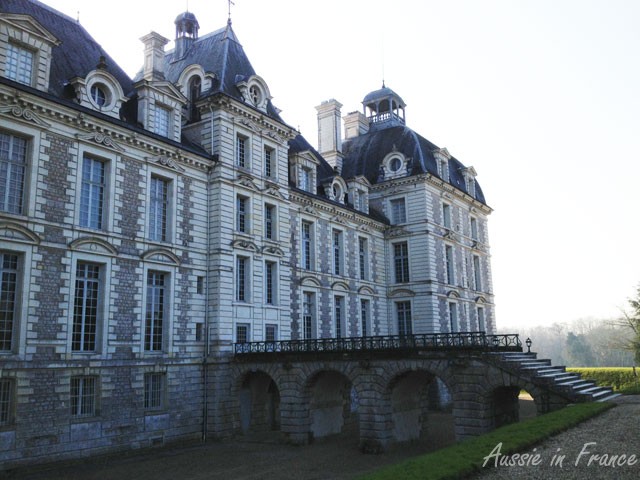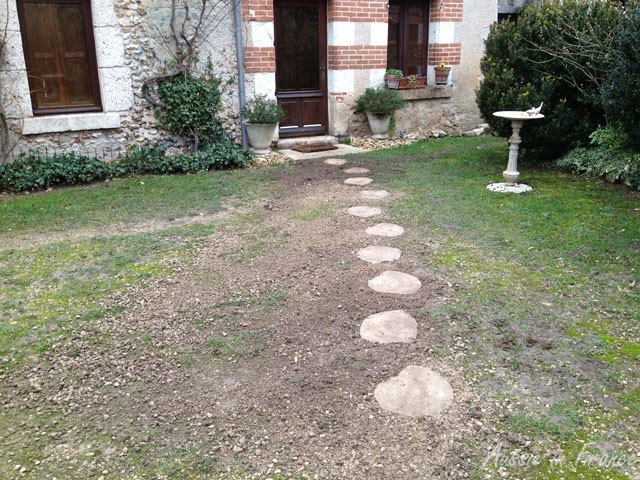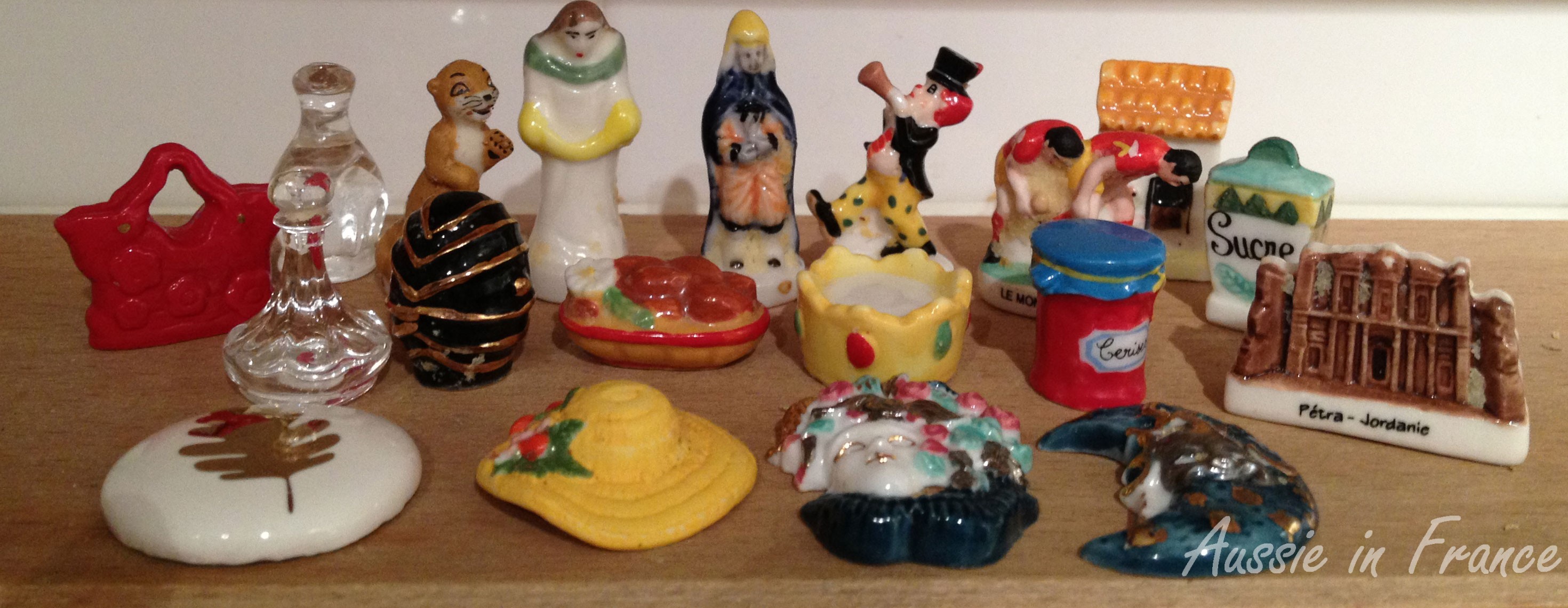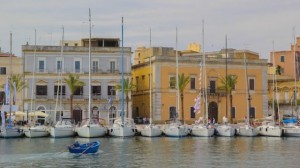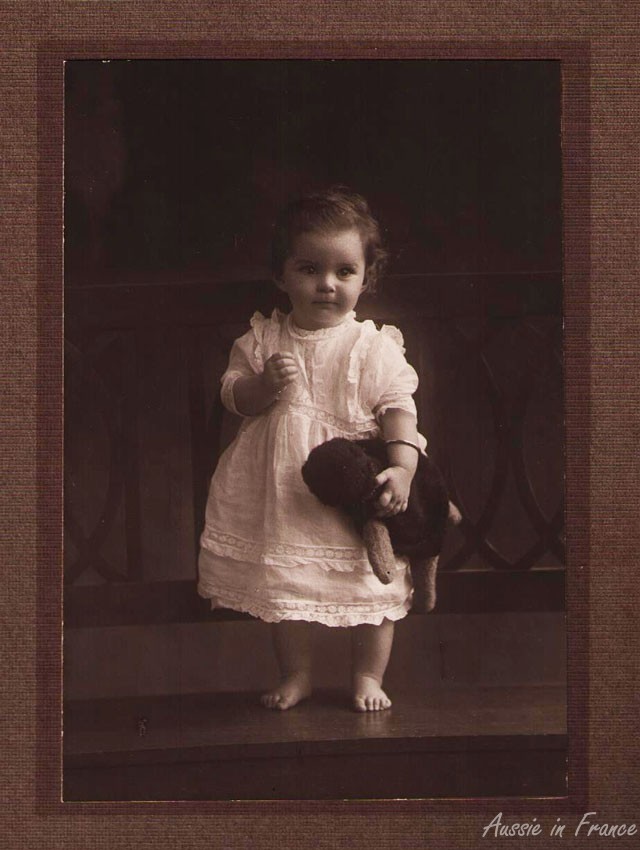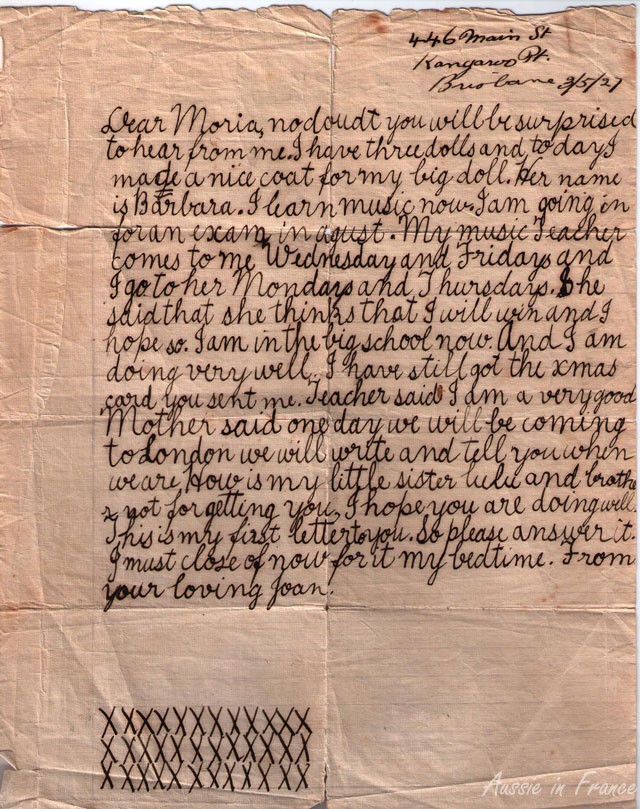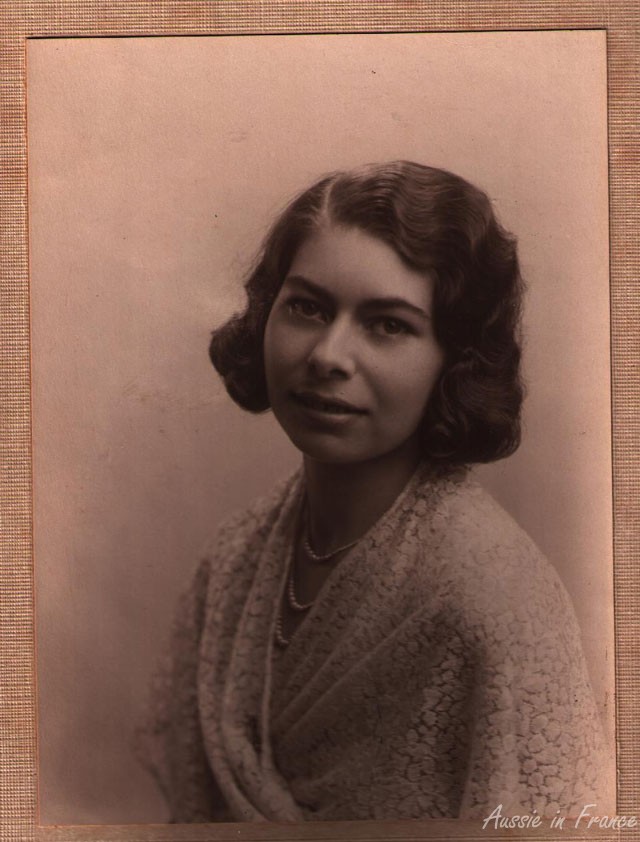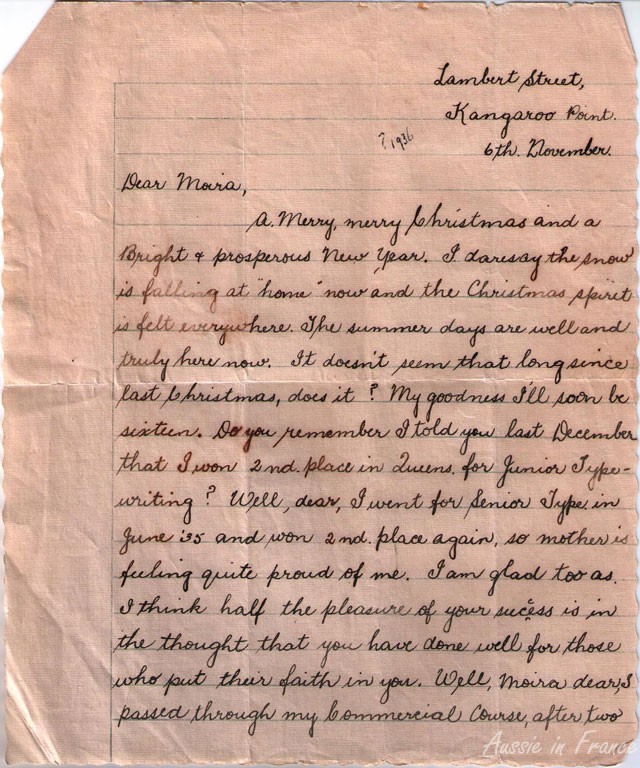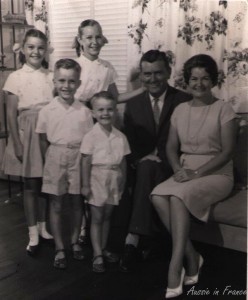I’m in Nogent sur Marne on the other side of Paris because even after living for 8 years in the Palais Royal, I still go to the dentist I found 15 years ago when I opened my office in Nogent. We’ve even become friends and have lunch together afterwards. I don’t know what I’m going to do when we move to Blois.
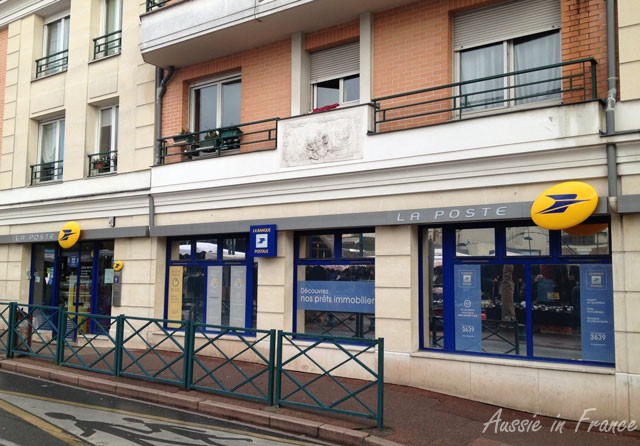
I learn that she’s running a little late so I figure I have time to go to the Post Office to get some stamps. As I explained in another post, I have a love/hate relationship with the French Post Office but I’ve run out of stamps and it’s difficult to do without them altogether.
Nowadays they have stamp machines that weigh your letters and take your Visa Card. I walk over to one of the machines but there is nothing to indicate how to buy a book of stamps. So I go and queue. That is another thing I don’t like doing.
When it’s my turn and I ask for a book of stamps, I’m told to go to the machine. “I did that already, but I can’t find the stamp books”. “You’ll see, it’s easy”. I go back to the machines but they are all being used by now. It’s market day. Now there’s another queue at the counter. I storm out swearing, cursing at myself for my less-than-adult reaction.

Two days later, I’m back in Nogent for another visit to the dentist. I’m early this time so I decide that I’ll brave the post office again.
I wait in the queue and a helper comes along and asks me what I want. They introduced helpers to the French post office several years ago. These people walk around the post office showing people like me how to use the stamp machines, choose a post bag or directing them to the right counter. They are usually reasonably friendly, fairly cluey young girls. This is a young man who is neither friendly nor cluey.
“I would like a book of stamps”, I say. “Then go to the stamp machine”. “Well, yes, I tried that last time but I couldn’t make it work. Will you come and show me please?” “Oh, alright, but it’s very simple”.
We get to the machine and he touches the blank screen. Now why didn’t I think of that? I don’t let on though. “Look, there’s the icon for the book of stamps”, he says. I press it, then select the number 2 (I don’t want to come back here in a hurry) and am about to insert my Visa card when he says, “They’re green stamps. The letters get there in two days”, he says offhandedly.

“But I don’t want green stamps. I want letters to get there in one day.” “You’ll have to buy them at the counter then.” I don’t believe this! Fortunately, there isn’t a queue so I go back to the counter to the helpful man from the previous visit. “You want red stamps? I don’t have the self-adhesive type though, only collection stamps.” “That’s fine, so long as they’re red”.
He goes over to another counter and brings back the stamps. “You can get these from the machine”, he says. “That’s not what your colleague said”, I reply. “Well, you can.” The colleague is just beside me, talking to another customer. “Well, do you want this card or not”, he asks. My god, he’s talking to a customer like that?
I pay for my stamps and walk out. I feel exchausted. But at least I have my stamps this time.

